I am a very skillful procrastinator and this video is a brilliant and funny study of it! Procrastination strikes all of us at times and strikes all the time for some of us 😉 I fall into the latter category and have spent many years discovering techniques to move from procrastination to execution! I was excited when my brilliant husband developed a 2 x 2 matrix to guide some of his coachees (and himself as I think he also falls into the latter category … how is it we ever get anything done????)
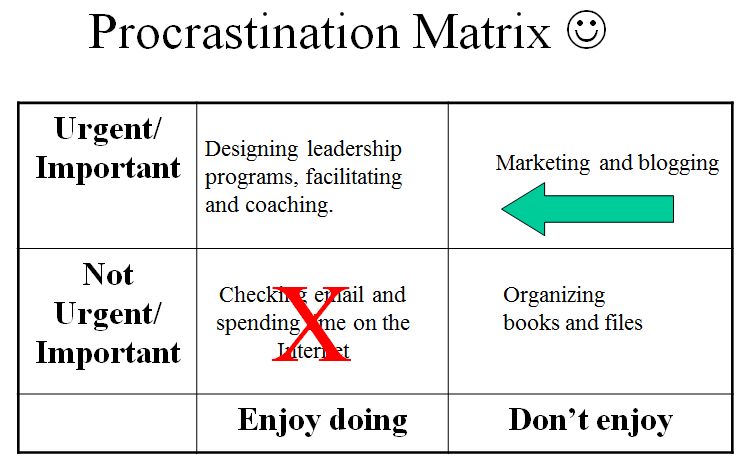
The idea is quite simple … we will do the things we enjoy and most likely procrastinate over the things we don’t enjoy or find difficult. We will also use the things we enjoy doing in order to avoid doing the things we don’t!
Ideally a good portion of our work falls into the top left quadrant – urgent and enjoy doing – as we are most likely tapping into our strengths in that particular quadrant. I would put a majority of my work here – I love designing leadership programs, facilitating and coaching. I also love researching things on the Internet and, while occasionally related to my work, more often it’s not urgent. I don’t like organizing files or paperwork (bottom right for me) and I also struggle to write blogs and do general marketing (top right).
The trick is to limit yourself from doing the bottom left (red X) while moving the top right over to the left. So, when I set aside a morning to blog, I don’t turn on my email program and reward myself when I do write a blog (like check my email, go to Amazon and check out some books, read my favorite book, watch my favorite TV program). These are what I would call external or behavioral attempts to deal with my procrastination.
There are also internal ones which basically involve changing the way we think about things, so instead of fearing marketing or blogging, I need to think about them differently, addressing my fears and making them fun. In the last few years, we have offered free half day seminars to our local clients and would be clients, sponsored meet and mingles, award ceremonies, and given away half day workshops at charity silent auctions. We love doing these things and they have helped us build our business.
I have also discovered one last insight … I procrastinate when I think a project is too big or too hard or beyond my skills. In those instances, I have started to ask myself one question, “What’s one step I can take right now to address my fears and move me closer to my goal?”
And with that last thought and for those of you who did watch John’s Kelly’s procrastination video … I think there’s a cup of tea I need to make!
This blog is based on the 4 of Spades, Procrastination, taken from our Teamwork Explorer. Written by Tammy.
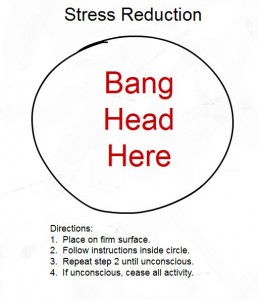
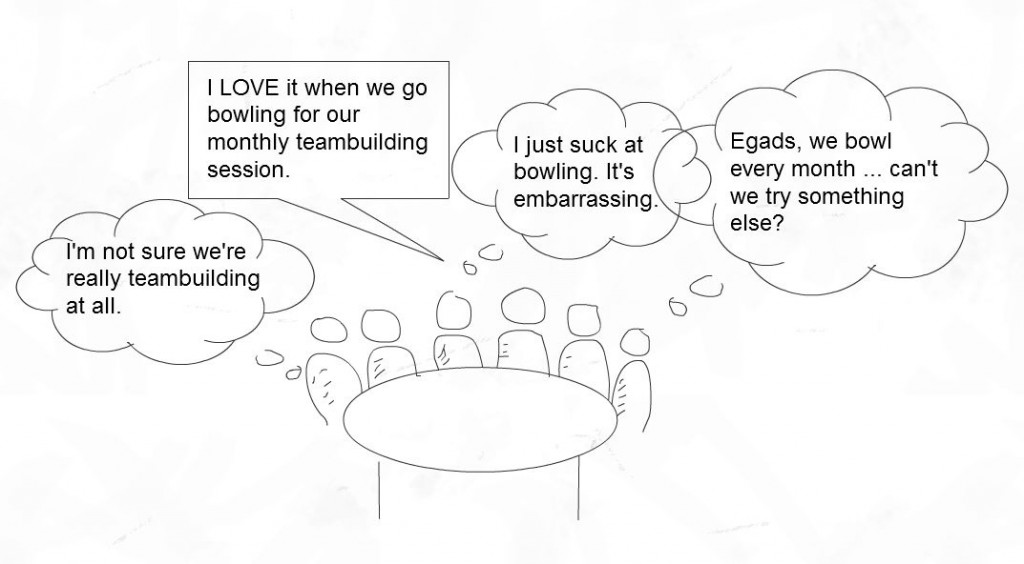
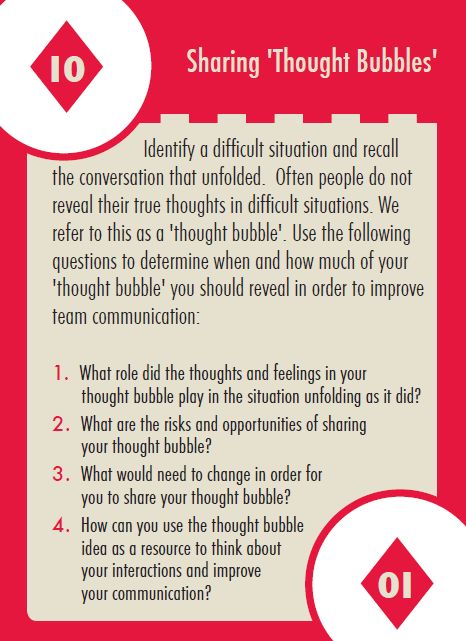

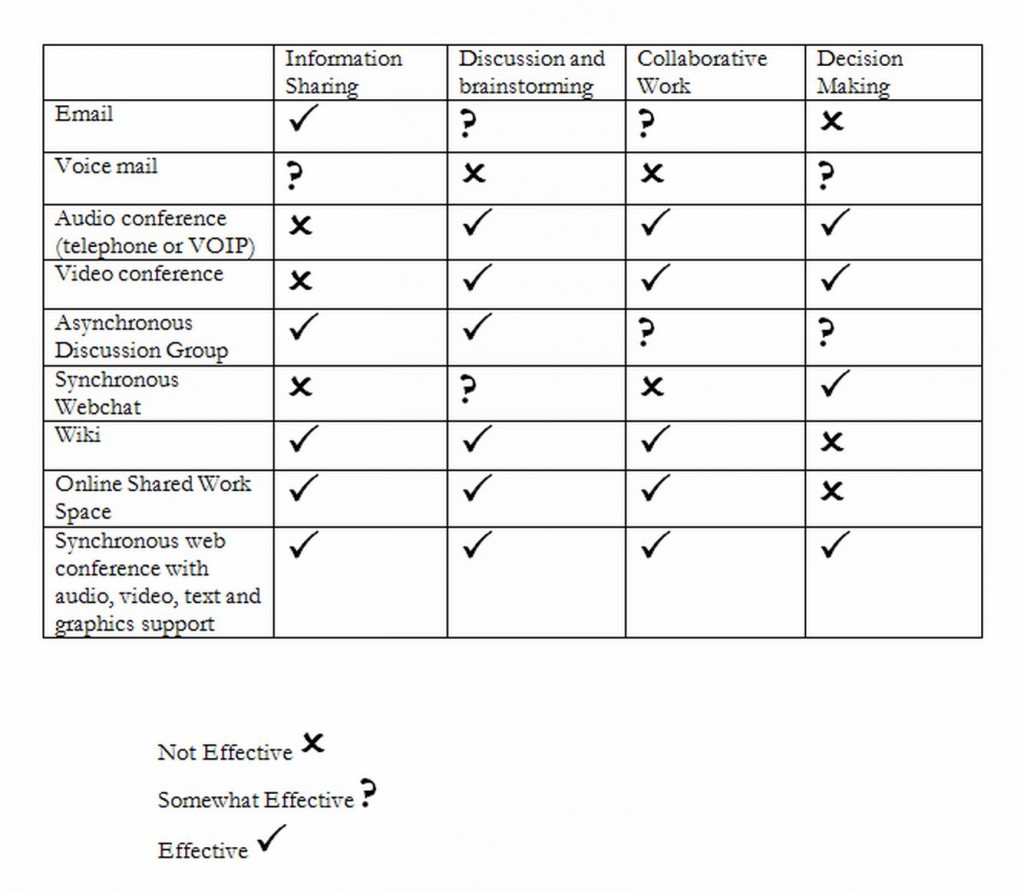
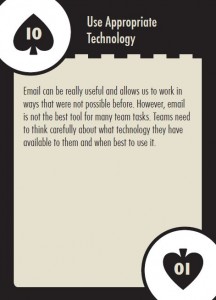
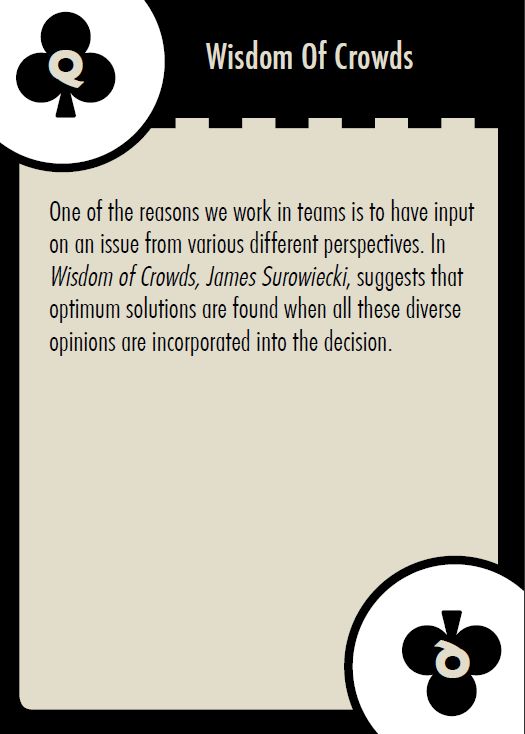
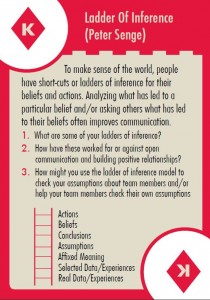
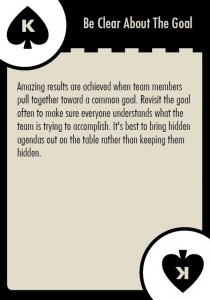
 We got really exciting news last week. We’ve been nominated for an award in
We got really exciting news last week. We’ve been nominated for an award in